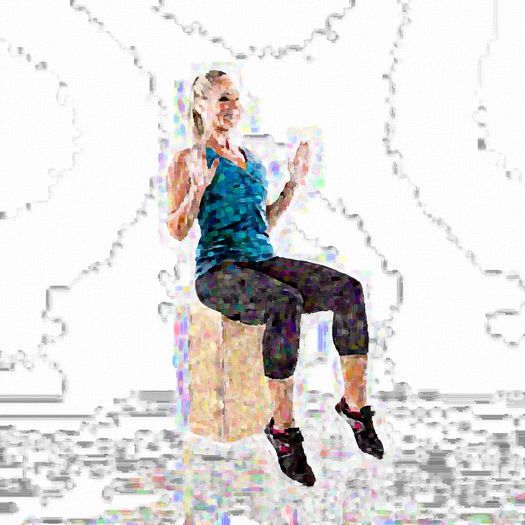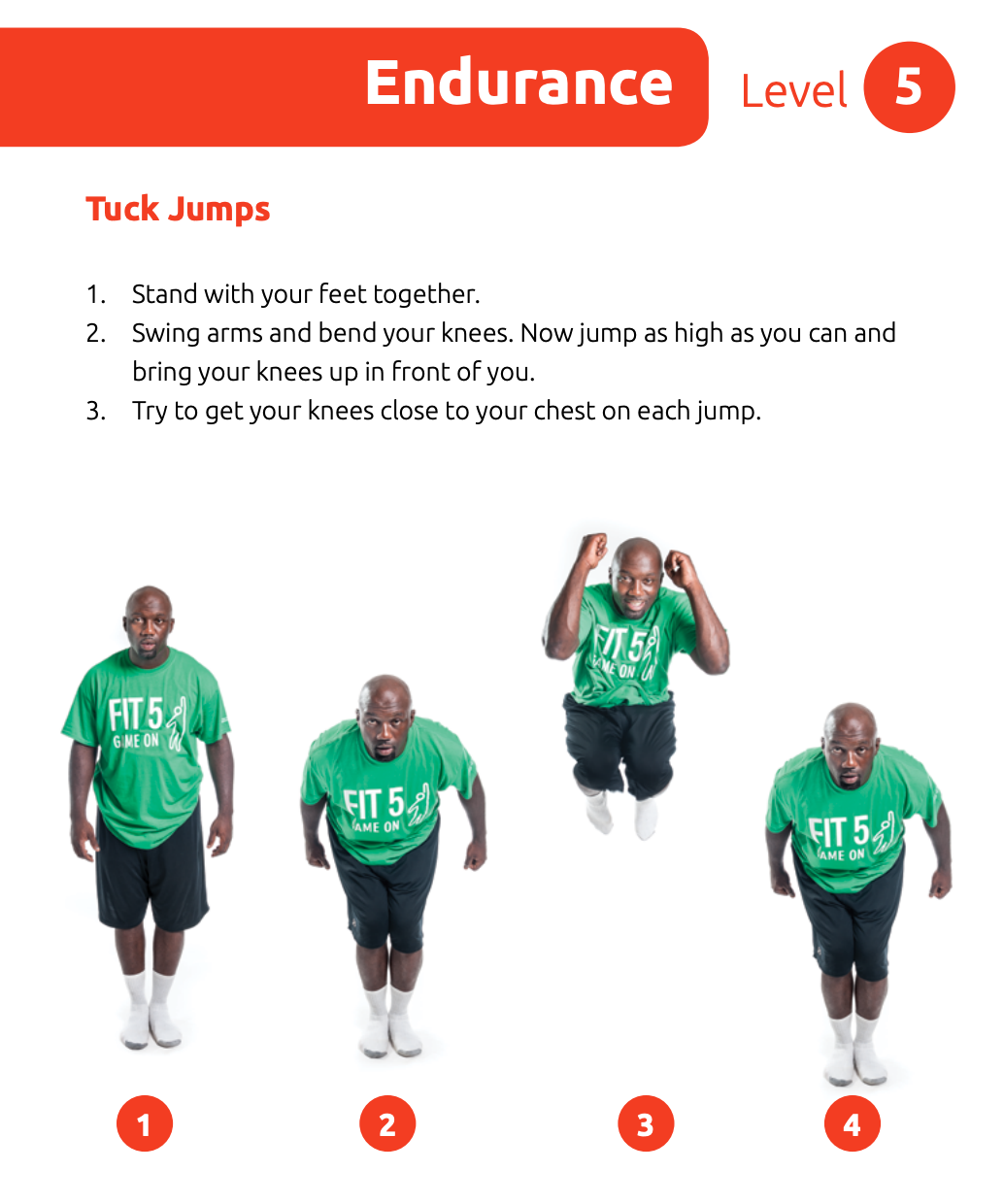
Gymnastics countermovement jump post- activation potentiation stretching. Every 1:30 for 7:30 do: 15 Tuck Jumps 8 Handstand Push-ups Scaling Options: HSPU > Pike Push-ups > Hand Release Push-ups 3 things: - Each round should take around 1 minute to complete. Key PointsThe initial levels of flexibility and vertical jump ability have no effect on straight leg raise range of motion (ROM) and counter-movement jump performance (CMJ) of elite gymnasts following warm-up protocols differing in stretching and potentiating exercise volumesStretching of the main leg muscle groups for only 15 s has no effect on ROM of elite gymnastsIn these highly-trained athletes, one set of 5 tuck jumps during warm-up is not adequate to increase CMJ performance, while 3 sets of 5 tuck jumps result in a relatively large increase in CMJ performance (by 4.6% above baseline), despite a 5.9% increase in flexibility due to the 30 s stretching exercises.

Furthermore, 3 sets of 5 tuck jumps result in a relatively large increase in CMJ performance despite an increase in flexibility in these highly-trained athletes. It is concluded that the initial levels of flexibility and CMJ performance do not alter the responses of elite gymnasts to warm-up protocols differing in stretching and potentiating exercise volumes. Similarly, CMJ remained unchanged after the short warm-up protocol, but increased by 4.6 ± 0.9% (p = 0.012) 4 min after the long warm- up protocol, despite the increased ROM. In the short warm-up protocol, ROM was not affected by stretching, while in the long warm-up protocol ROM increased by 5.9% ± 0.7% (p = 0.001) after stretching. However, all athletes, irrespective of group, responded in a similar fashion to the different warm-up protocols for both ROM and CMJ, as indicated from the lack of significant interactions for group (condition x group, time x group or condition x time x group). A type of warm-up x time interaction was found for both ROM (p = 0.031) and CMJ (p = 0.016). Man standing to prepare for a tuck jump Tuck Jumps Plyometrics- 1. Three-way ANOVA showed large differences between the three groups in baseline ROM and CMJ performance. Aim for 3 sets for 15 with several minutes, rest in between each set. ROM and CMJ were measured before, during and for 12 min after the two warm-up routines. One warm-up included short (15 s) static stretching followed by 5 tuck jumps, while the other included long static stretching (30 s) followed by 3x5 tuck jumps. Reps: 15 reps or to your maximum (adjustable in app). Three groups of elite athletes (10 male, 14 female artistic gymnasts and 10 female rhythmic gymnasts) varying greatly in ROM and CMJ, performed two warm-up routines. down into a semi squat with your hands behind your hips ready to propel you into the tuck jump. ROM and CMJ were measured after two different warm-up protocols involving static stretching and potentiating exercises. Your knees will thank you: Attention basketball players, skiers and tennis players: "Tuck jumps help athletes learn proper landing techniques - softly, with bent knees - to reduce the risk of injury any time their feet leave the ground," said Craig Ballantyne, C.S.C.S., author of Turbulence Training.This study examined the effects of baseline flexibility and vertical jump ability on straight leg raise range of motion (ROM) and counter-movement jump performance (CMJ) following different volumes of stretching and potentiating exercises. Burpee or Double Jumping Jacks 15 Seconds Low Plank (elbows).

A University of Nebraska study found that runners who added vertical jumps to their training clocked faster 10k times.

Doing just 10 jumps per day, three days per week can help increase bone mineral density in the lumbar spine and hips, which can help ward off osteoporosis as you age, a study in the Journal of Applied Physiology reports. A study published in Athletic Therapy Today concluded that tuck jumps may be a useful assessment tool in gauging neuromuscular control, and risk of ACL injury. It's a bona fide bone builder: Plyometric exercises like this one stress your frame, but as your bones rebuild, they come back stronger. As tuck jumps place so much stress on the hips, knees, and ankles, they’re sometimes used in clinical settings to help identify an athlete’s risk of injury, particularly to the knee.


 0 kommentar(er)
0 kommentar(er)
